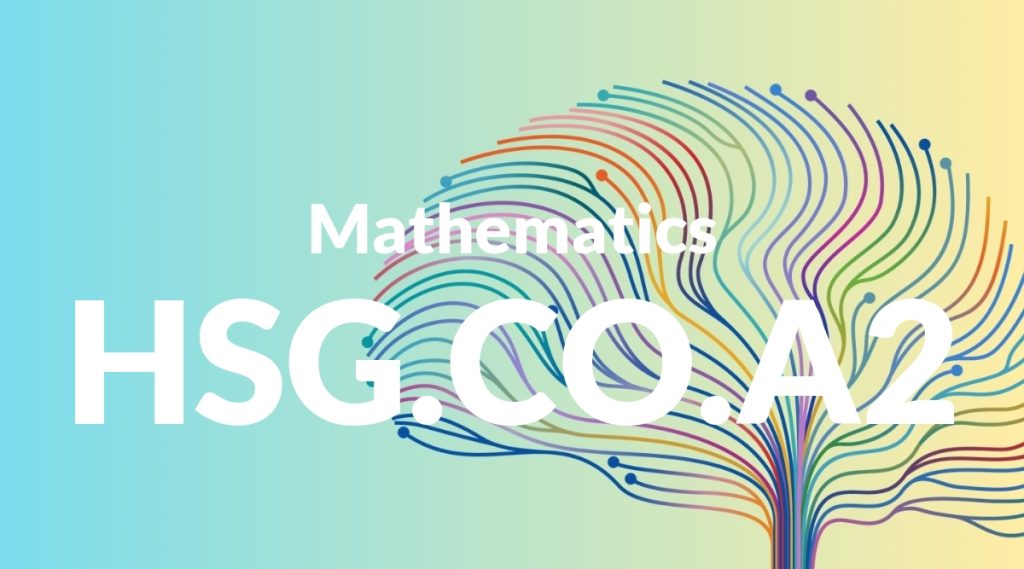Standard: HSG.CO.A2 – Represent transformations in the plane using, e.g., transparencies and geometry software; describe transformations as functions that take points in the plane as inputs and give other points as outputs. Compare transformations that preserve distance and angle to those that do not (e.g., translation versus horizontal stretch).
Grade level: High School: Geometry
Subject: Mathematics
Domain: Congruence
Teacher Overview
This standard focuses on helping students understand and represent transformations in the plane, using tools like transparencies and geometry software. It is important because it builds a foundation for understanding how geometric figures can be manipulated and analyzed, which is crucial for higher-level mathematics and real-world applications. Students should be comfortable with basic geometric concepts, coordinate planes, and simple transformations. They should also understand the concept of a function and how it can map inputs to outputs.
Mastering this standard will enable students to tackle more complex geometric proofs and explore advanced topics like trigonometric functions and the properties of congruent and similar figures.
Common Misconception 1
A common misconception is that all transformations preserve distance and angle. This is incorrect because transformations like stretches and compressions alter these properties, unlike rigid motions such as translations and rotations.
Intervention 1
To address this misconception, use dynamic geometry software to show how different transformations affect a figure’s properties. Engage students in hands-on activities where they can manipulate shapes and observe the changes in distance and angle.
Common Misconception 2
Another misconception is that transformations are only relevant to geometric shapes and not applicable to real-world situations. This limits students’ understanding of the broad applications of transformations.
Intervention 2
Introduce real-world examples, such as using transformations in art, architecture, and technology. Show how transformations play a role in designing buildings, creating animations, and even in navigation systems.
Prerequisite Knowledge
Students should have a foundational understanding of basic geometric shapes, coordinate planes, and the concept of functions. They should also be familiar with basic transformations such as translations, rotations, reflections, and dilations.
Subsequent Knowledge
After mastering this standard, students will be able to apply their knowledge of transformations to more complex geometric proofs, work with trigonometric functions, and explore the properties of congruent and similar figures in greater depth.
Instructional Activities
- Interactive geometry software exercises
- Hands-on activities with transparencies and graph paper
- Group projects analyzing transformations in art and architecture
- Creating digital animations to illustrate different transformations
- Real-world problem-solving tasks involving navigation and mapping




